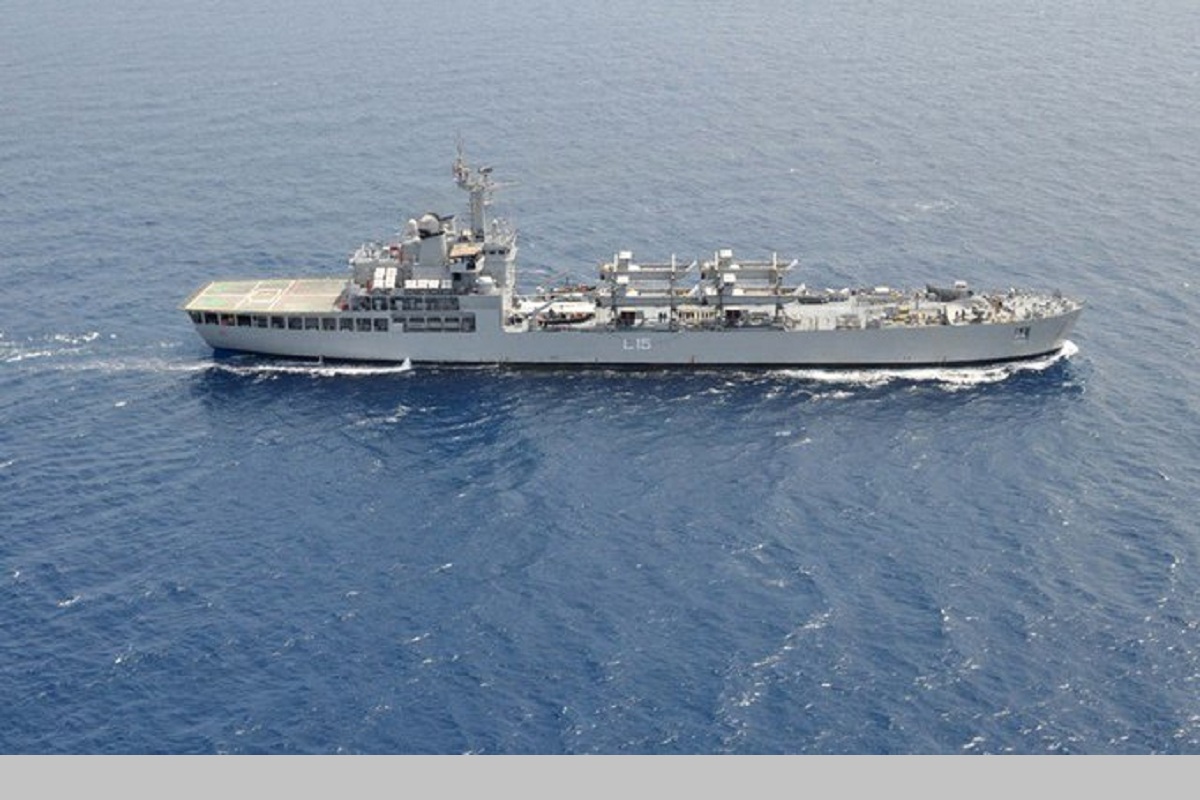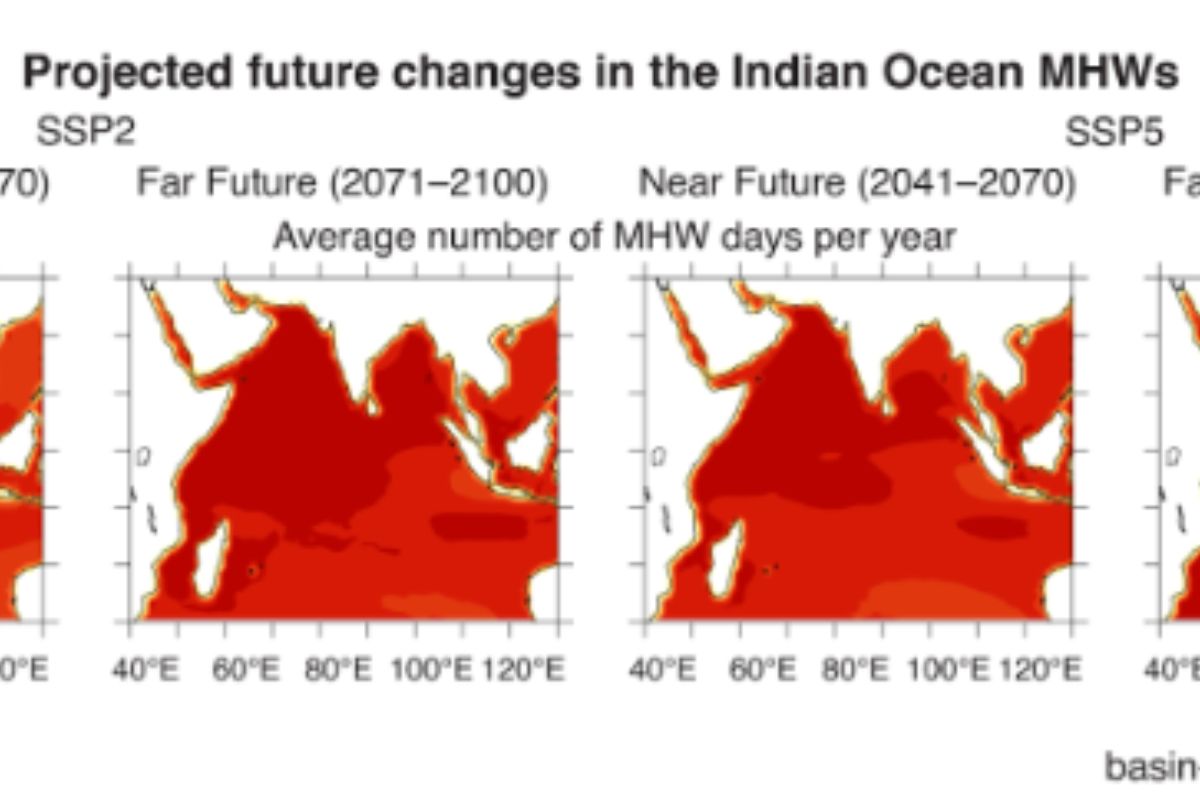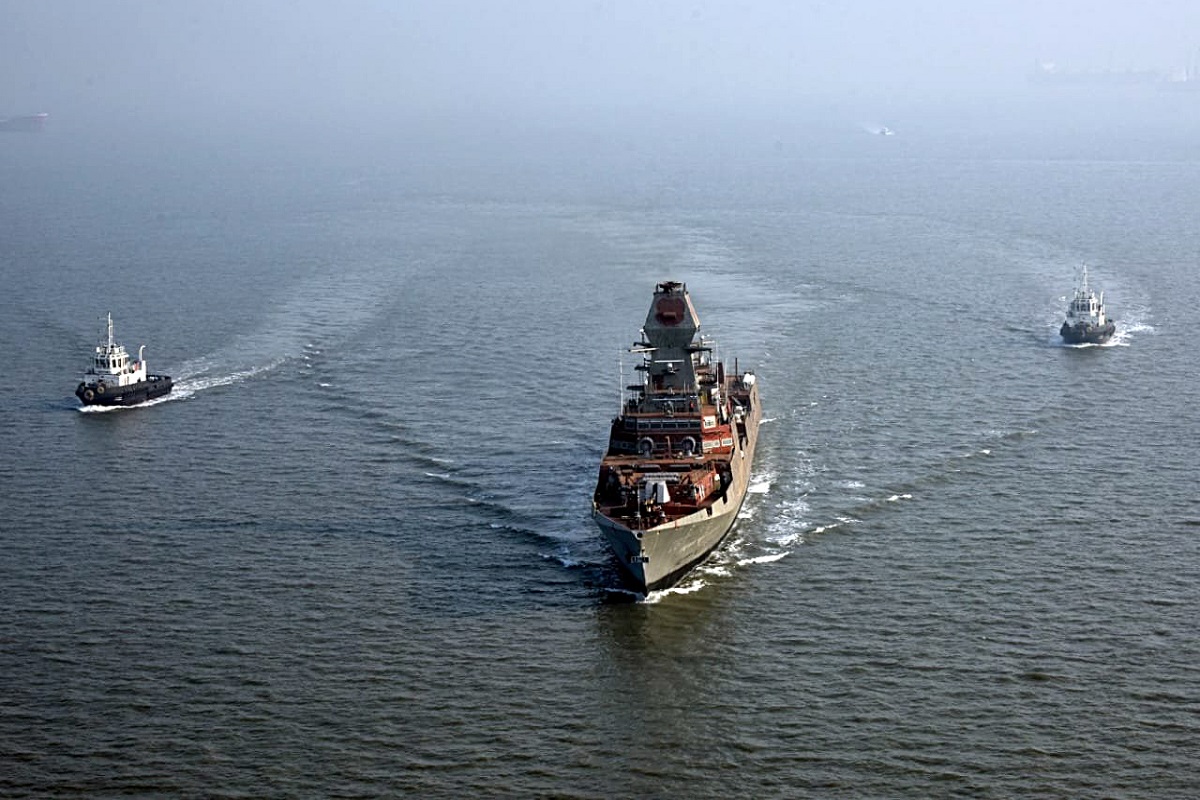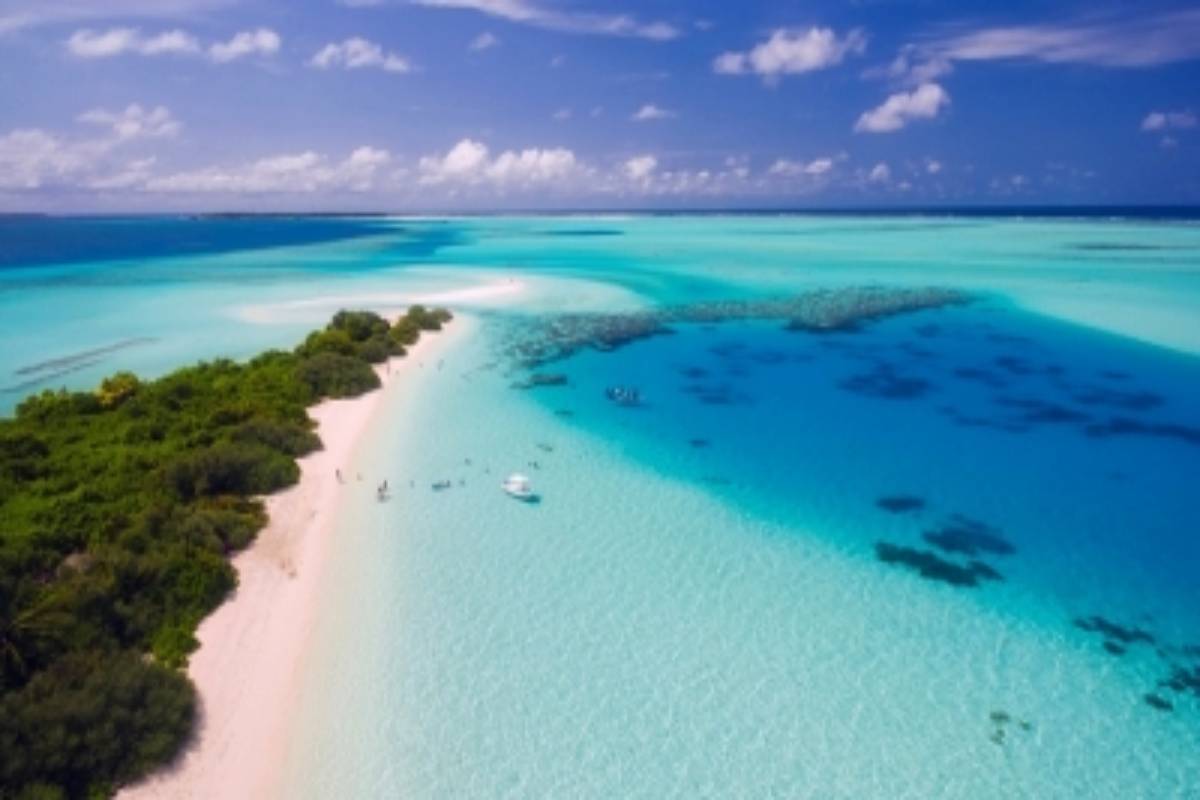Island Fortification
India’s strategic interests in the Indian Ocean have increasingly come into sharp focus, particularly in light of developments concerning the Andaman and Nicobar Command (ANC).

India’s strategic interests in the Indian Ocean have increasingly come into sharp focus, particularly in light of developments concerning the Andaman and Nicobar Command (ANC).

“The cooperation between the two countries has moved beyond the traditional role, and today aspires to be a modern partnership,” said the external affairs minister after a meeting with his Maldivian counterpart Moosa Zameer.

Understanding these changes is crucial for climate mitigation and adaptation efforts, essential for safeguarding our collective future.

In a move that reverberates across the geopolitical chessboard, India has inaugurated a new naval base on Minicoy Island in Lakshwadeep, near the Maldives.

As China continues to expand its in- fluence in the region, India must navigate a delicate bal- ance between diplomacy and safeguarding its national security interests.
China has pursued aggressive strategies to expand politicodiplomatic, economic and strategic influence among the Indian Ocean littorals and the regional seas.
In the vast geopolitical chessboard, one piece stands out as a potential game-changer in any conflict involving China and that is the Indian Ocean.
External Affairs Minister S Jaishankar brought up apprehension over the “steady increase in Chinese naval presence” in the Indian Ocean…
India is charting an ambitious course to bolster its naval might in the Indian Ocean region, primarily to counter China’s…
The India Meteorological Department on Thursday said that weak El Nino conditions are currently prevailing over the equatorial Pacific region,…